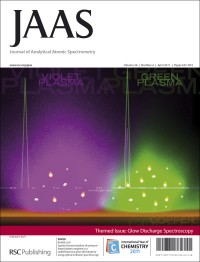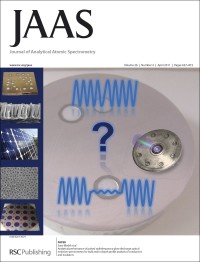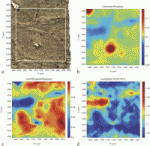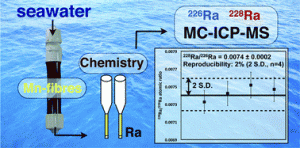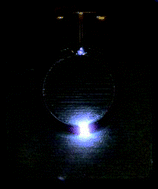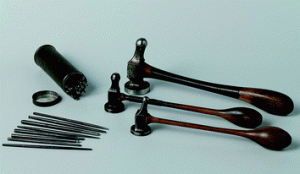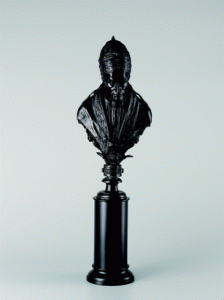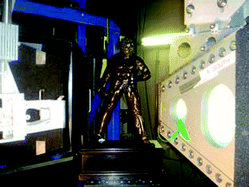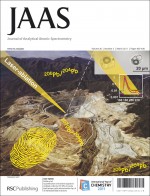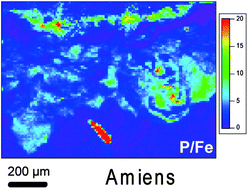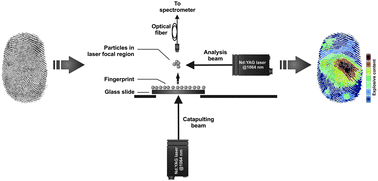
Chemical images generated by OC-LIBS provided visual information on the spatial distribution of the explosive residue in the fingerprints.
Optical catapulting in combination with laser induced breakdown spectroscopy (OC-LIBS) is a new and developing technique that has been effectively tested for the analysis of solid aerosols.
In this paper, Abdelhamid et al. use OC-LIBS to analyse explosive residues in human fingerprints left on glass surfaces in the form of solid aerosols. Experimental conditions such as the temporal acquisition delay, the distance from the surface and the interpulse delay time between lasers are studied. They show advantages of OC-LIBS over conventional LIBS including the absence of contamination of the specimen analyzed and the freedom from spectral contribution of the substrate where the sample was placed.
Analysis of explosive residues in human fingerprints using optical catapulting–laser-induced breakdown spectroscopy
M. Abdelhamid, F. J. Fortes, M. A. Harith and J. J. Laserna
J. Anal. At. Spectrom., 2011, Advance Article
DOI: 10.1039/C0JA00188K
Do take a look and let us know your thoughts on this emerging technique.











